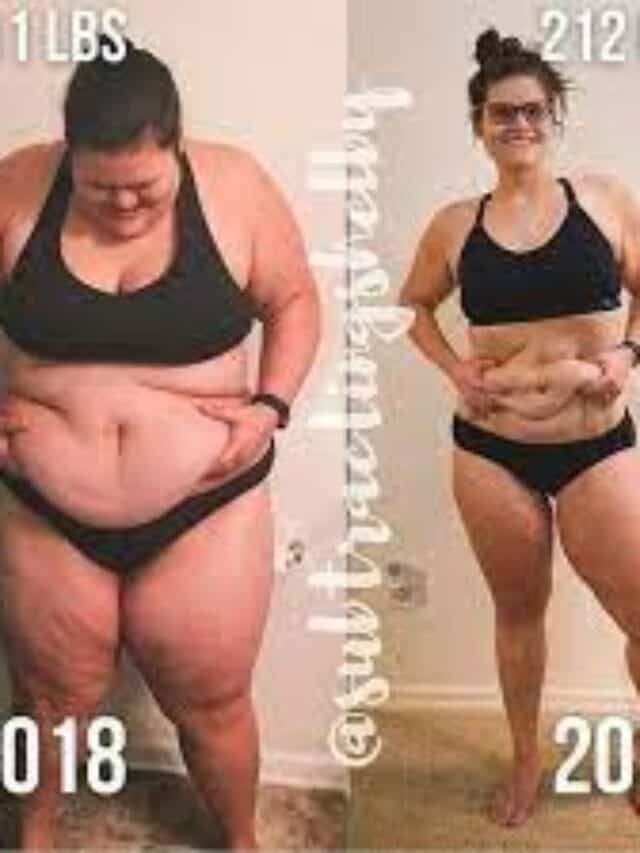Understanding Body Shape Changes During Weight Loss

Introduction to Body Shape Transformation
Weight loss is often accompanied by changes in body composition, including alterations in body shape and distribution of fat mass. While the overall goal of weight loss is to reduce excess body fat and improve health outcomes, individuals may experience variations in body shape throughout their weight loss journey. Let’s explore how weight loss can impact body shape and what factors contribute to these changes.
Body Composition Changes During Weight Loss
Loss of Subcutaneous and Visceral Fat
As individuals lose weight, they typically experience reductions in both subcutaneous fat (fat located beneath the skin) and visceral fat (fat stored around internal organs). This can lead to improvements in body composition and overall health, as excess visceral fat is associated with an increased risk of chronic diseases such as heart disease and type 2 diabetes.
Changes in Lean Muscle Mass
In addition to fat loss, weight loss may also result in reductions in lean muscle mass, particularly if calorie intake is too low or physical activity levels are insufficient. Preserving lean muscle mass through resistance training and adequate protein intake can help minimize muscle loss and support a more favorable body composition during weight loss.Does your body shape change when you lose weight
Factors Influencing Body Shape Changes
Genetics
Genetic factors play a significant role in determining an individual’s body shape and distribution of fat tissue. While some individuals may naturally carry excess weight in certain areas of the body, such as the abdomen or thighs, others may store fat more evenly throughout the body. Genetics can influence how and where fat is lost during weight loss, contributing to variations in body shape.
Age
Age can also influence changes in body shape during weight loss. As individuals age, they may experience reductions in muscle mass and alterations in hormonal levels, which can affect the rate and pattern of fat loss. Additionally, older adults may have different body composition goals and priorities compared to younger individuals.Does your body shape change when you lose weight
Gender
Gender differences can impact body shape changes during weight loss, as men and women tend to store fat in different areas of the body. Men often carry more fat in the abdominal region, while women tend to store fat in the hips, thighs, and buttocks. Hormonal fluctuations and metabolic differences between genders can influence the rate and distribution of fat loss.
Conclusion: Embracing Your Unique Transformation
While weight loss can lead to changes in body shape and composition, it’s essential to recognize that everyone’s journey is unique. Genetics, age, gender, and other factors contribute to variations in how individuals lose weight and where fat is lost from the body. Embracing your body’s transformation and focusing on overall health and well-being can help you achieve long-term success and maintain a positive body image throughout your weight loss journey.Does your body shape change when you lose weight
If you want to read more information about how to boost traffic on your Website just visit









